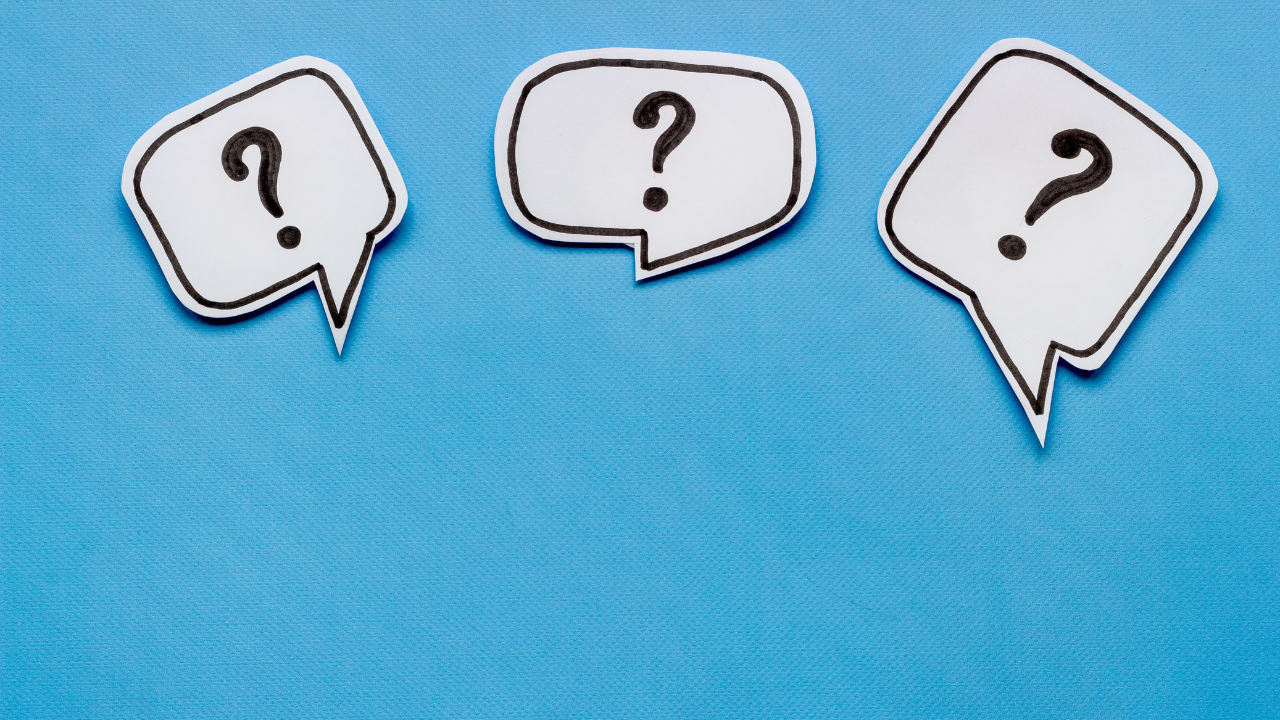
As you begin to learn Spanish, one of the foundational aspects is learning how to ask questions. Spanish has specific question words and punctuation rules that differ from English, making it essential to understand when and how to use them. This article will cover Spanish question words, the use of question marks, and provide examples to help you use them accurately in conversations.
Table of Contents
- Introduction to Question Marks in Spanish
- List of Spanish Question Words
- How to Use Spanish Question Words
- Common Mistakes with Spanish Questions
- Examples and Practice
1. Introduction to Question Marks in Spanish
One of the first things you’ll notice about questions in Spanish is the use of inverted question marks (¿) at the beginning of a question and a standard question mark (?) at the end. This punctuation rule is unique to Spanish and a few other languages, and it helps to immediately signal that a sentence is a question.
Example:
- ¿Cómo estás? – How are you?
Using the inverted question mark at the start of a sentence helps the reader understand the sentence’s tone from the beginning. Unlike English, where only the final question mark indicates a question, the double-question-mark approach clarifies questions from the outset in Spanish.
2. List of Spanish Question Words
Here’s a list of the main question words in Spanish, along with their English translations. Notice that these words all carry a written accent mark, which differentiates them from similar non-question words without accents.
| Spanish | English | Example Phrase | Translation |
|---|---|---|---|
| ¿Qué? | What? | ¿Qué estás haciendo? | What are you doing? |
| ¿Quién? | Who? | ¿Quién es él? | Who is he? |
| ¿Dónde? | Where? | ¿Dónde vives? | Where do you live? |
| ¿Cuándo? | When? | ¿Cuándo es la fiesta? | When is the party? |
| ¿Por qué? | Why? | ¿Por qué estás triste? | Why are you sad? |
| ¿Cómo? | How? | ¿Cómo llego allí? | How do I get there? |
| ¿Cuál? | Which? | ¿Cuál prefieres? | Which do you prefer? |
| ¿Cuánto? | How much? | ¿Cuánto cuesta? | How much does it cost? |
| ¿Cuántos? | How many? | ¿Cuántos libros tienes? | How many books do you have? |
3. How to Use Spanish Question Words
Each question word has a specific function, and learning them allows you to gather information effectively in Spanish conversations.
3.1 ¿Qué? (What?)
Use “¿Qué?” when asking about something in general or when you need a specific piece of information.
Examples:
- ¿Qué quieres comer? – What do you want to eat?
- ¿Qué es eso? – What is that?
3.2 ¿Quién? (Who?)
“¿Quién?” is used to inquire about people.
Examples:
- ¿Quién viene a la fiesta? – Who is coming to the party?
- ¿Quién es tu amigo? – Who is your friend?
3.3 ¿Dónde? (Where?)
“¿Dónde?” helps you ask about location.
Examples:
- ¿Dónde está el baño? – Where is the bathroom?
- ¿Dónde naciste? – Where were you born?
3.4 ¿Cuándo? (When?)
Use “¿Cuándo?” when asking about time.
Examples:
- ¿Cuándo es tu cumpleaños? – When is your birthday?
- ¿Cuándo empiezan las clases? – When do classes start?
3.5 ¿Por qué? (Why?)
This word allows you to ask for reasons or explanations.
Examples:
- ¿Por qué te gusta esa película? – Why do you like that movie?
- ¿Por qué estudias español? – Why are you studying Spanish?
3.6 ¿Cómo? (How?)
“¿Cómo?” can be used to ask about manner, condition, or sometimes even clarification.
Examples:
- ¿Cómo estás? – How are you?
- ¿Cómo se dice “hello” en español? – How do you say “hello” in Spanish?
3.7 ¿Cuál? (Which?)
“¿Cuál?” is typically used when there is a choice between options.
Examples:
- ¿Cuál es tu color favorito? – What (Which) is your favorite color?
- ¿Cuál de estos libros prefieres? – Which of these books do you prefer?
3.8 ¿Cuánto? (How much?) and ¿Cuántos? (How many?)
These two words allow you to ask about quantity. “¿Cuánto?” is singular, while “¿Cuántos?” is plural.
Examples:
- ¿Cuánto cuesta el vestido? – How much does the dress cost?
- ¿Cuántos amigos tienes? – How many friends do you have?
4. Common Mistakes with Spanish Questions
- Forgetting the Inverted Question Mark: In Spanish, questions must start with the inverted question mark (¿). Avoid the mistake of only using a question mark at the end.
- Accents on Question Words: Always place accents on question words. Omitting the accent can change the meaning:
- por qué (why) vs. porque (because).
- qué (what) vs. que (that).
- Incorrect Word Order: Spanish question structure often involves verb-subject order. For example:
- ¿Qué quieres tú? – What do you want?
- ¿Cuándo llega Juan? – When does Juan arrive?
5. Examples and Practice
Let’s look at how these question words work in context.
| Scenario | Question in Spanish | Translation |
|---|---|---|
| Asking for someone’s name | ¿Cómo te llamas? | What is your name? |
| Inquiring about a price | ¿Cuánto cuesta el boleto? | How much does the ticket cost? |
| Confirming someone’s location | ¿Dónde está la escuela? | Where is the school? |
| Asking about preferred choice | ¿Cuál es tu película favorita? | Which is your favorite movie? |
| Asking about a reason | ¿Por qué estudias en esta universidad? | Why do you study at this university? |
Exercises:
- Select the question word that correctly completes each question.
2. Fill in the blanks with the appropriate question word.
3. Drag the correct question to its answer.
4. Listen to the question and write the complete question.
